The largest animal to have ever lived, need we say more? No bird, fish, mammal, reptile – no dinosaur – has ever been larger than an adult blue whale. Read on to learn about the blue whale.
Description of the Blue Whale
Big, giant, massive, immense, enormous whale! The blue whale is an extremely large marine mammal, with a long, torpedo-shaped body. They have blue-gray colored skin, with a slightly lighter colored underside; they have two pectoral fins, a small dorsal fin on their backs, and a large fluke. The fluke, or “tail fin,” is moved in an up-down motion to push the animal forward. The pectoral fins on either side of the whale are used to steer.
Interesting Facts About the Blue Whale
This whale is one of the most unique species on the planet. They have a number of distinctive characteristics that set them apart from other animals, other marine mammals, and even other whales.
- Blue Whales are the Largest Animal … Ever – The blue whale is the largest animal to ever roam the Earth. These whales can grow up to 105 ft. long! The largest dinosaur ever discovered, the Argentinosaurus, weighed a measly 100 tons (about 220,000 lbs.). Argentinosaurus simply doesn’t measure up, because blue whales can weigh up to 200 tons!
- Blue Whales Eat Krill – This massive animal feeds almost exclusively on tiny shrimp-like creatures called krill. They feed by opening their huge mouths, swimming forward, and then filtering out the water through a structure called “baleen.” Baleen are plates made of keratin – the same material that your hair and fingernails are made of. The sheets of baleen are similar to very stiff hair, and when the whale pushes the water out of it’s mouth through the baleen, the shrimp are left behind.
- Whales Can be Identified by Their Spouts – Many whale species can be identified by the water spouts created when they surface to breathe. The blowhole on a whale’s back expels water when it surfaces, creating a misty “spout” before they breathe in fresh air. On a blue whale, this spout is shaped like an exclamation point (!) without the dot, and is 30 feet tall.
Habitat of the Blue Whale
The blue whale lives in every ocean in the world, this means it inhabits every aquatic habitat. They have been found in the Arctic, Tropical, Subtropical, and Temperate seas.
Distribution of the Blue Whale
This whale species is located in every ocean across the world.
Diet of the Blue Whale
Although this whale is massive, it feeds almost exclusively on krill. Krill is a small, shrimp-like crustacean, and the blue whale can eat up to four tons of krill per day.
Blue Whale and Human Interaction
This particular whale is considered Endangered under the IUCN red list. They were pushed to the brink of extinction due to whaling during the 1900s, at which time many whale species were hunted aggressively for whale oil. Now that they are a protected species, the main threats to blue whales are ship strikes by large boats.
Domestication
The blue whale has not been domesticated in any way.
Does the Blue Whale Make a Good Pet
It would be quite difficult to build a tank large enough for such a huge whale so… no it does not make a good pet.
Blue Whale Care
Because of its immense size, this whale species has never been kept in human care. If they were kept in aquariums, they would require extremely intensive care.
Behavior of the Blue Whale
These whales spend their summers in the cooler waters of the Arctic or Antarctic oceans, and their winters in the tropical waters near the equator. The older whales, and pregnant whales, begin their migration first. Groups generally migrate according to age, and sex, with the youngest animals migrating last. During the migration,they eat virtually nothing, and survive on their fat stores.
Reproduction of the Blue Whale
Once the whales reach tropical waters, they give birth and breed. These whales has a calf every 2-3 years, and carries the baby for about 1 year. After a year-long gestation, the whale gives birth to a baby called a calf, which is about 23 feet long at birth, and weighs between 5,000 and 6,000 pounds.

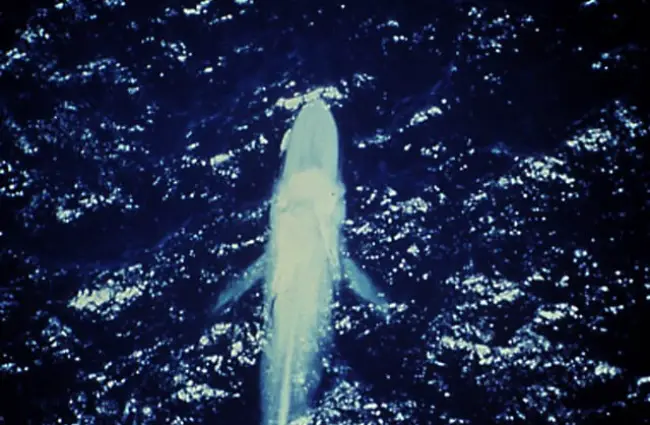
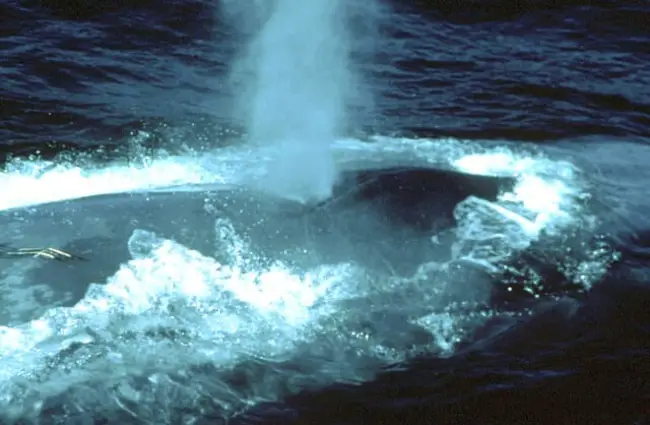
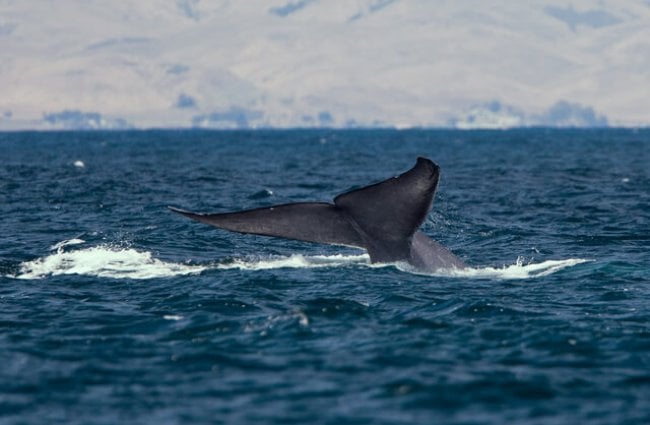
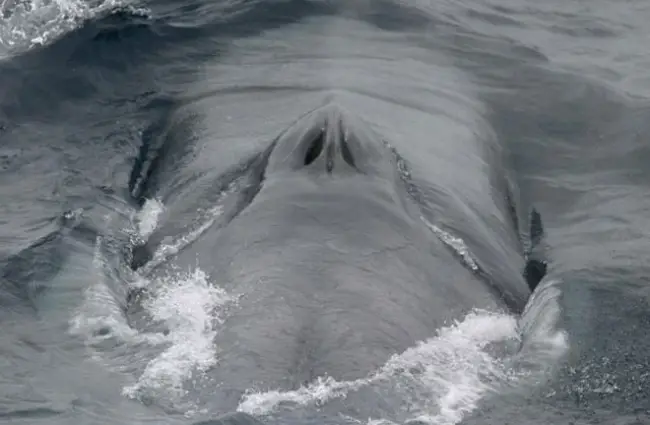

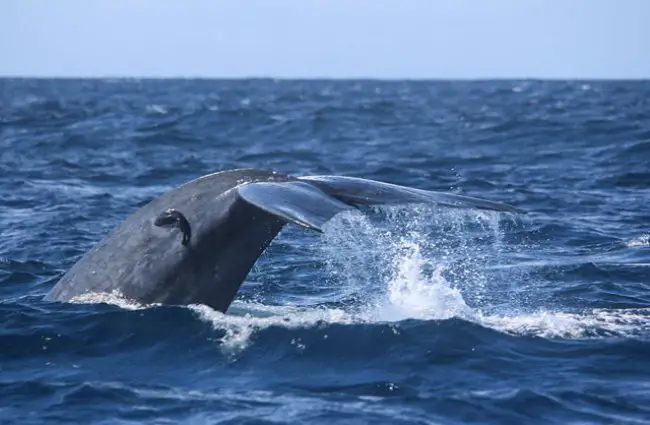


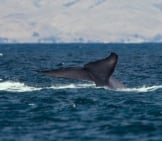
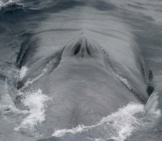
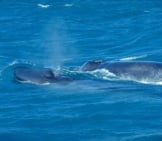

![Red Angus Closeup of a beautiful Red Angus cowPhoto by: U.S. Department of Agriculture [pubic domain]https://creativecommons.org/licenses/by/2.0/](https://animals.net/wp-content/uploads/2020/03/Red-Angus-4-238x178.jpg)












![Red Angus Closeup of a beautiful Red Angus cowPhoto by: U.S. Department of Agriculture [pubic domain]https://creativecommons.org/licenses/by/2.0/](https://animals.net/wp-content/uploads/2020/03/Red-Angus-4-100x75.jpg)

